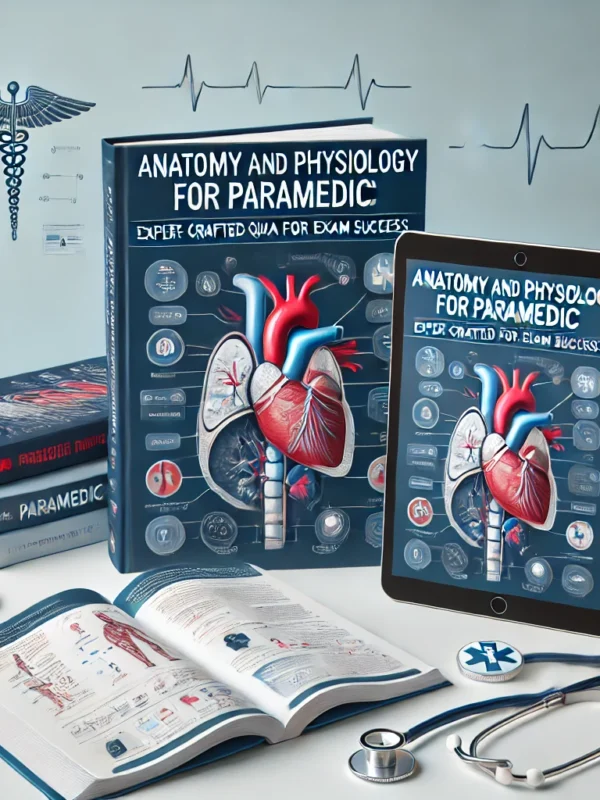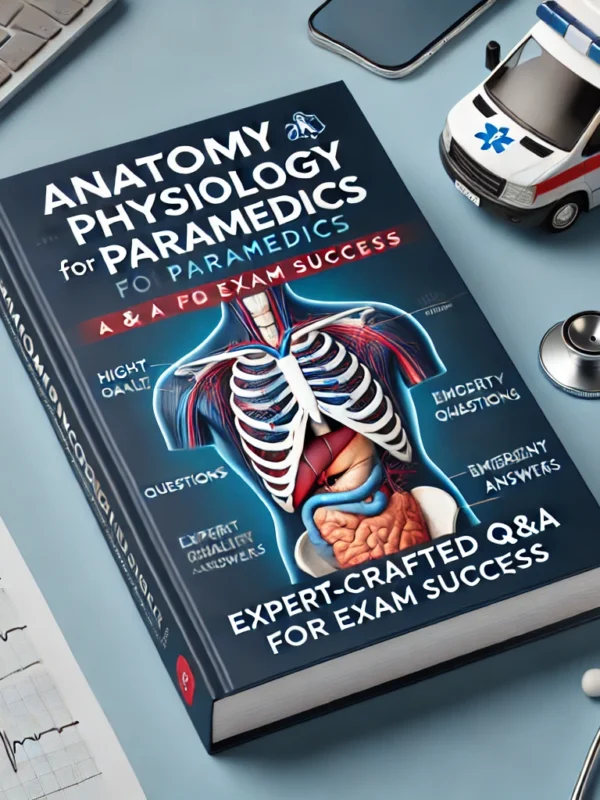Ensure your success in Pediatric Advanced Life Support (PALS) certification with the PALS Exam All Versions 2024: Latest & Accurate Real Exam Questions with Detailed Answers – Verified for Guaranteed Pass, Latest Update. This comprehensive study resource is designed for healthcare professionals, including nurses, paramedics, and physicians, preparing for the PALS certification exam in 2024. It includes all versions of the PALS exam, covering critical topics such as pediatric assessment, recognition and management of respiratory emergencies, shock, cardiac arrhythmias, and post-cardiac arrest care. The guide also addresses PALS algorithms, including bradycardia, tachycardia, and cardiac arrest protocols, as well as pediatric pharmacology, vascular access, and team dynamics in resuscitation scenarios. Each question is sourced from real exams, ensuring accuracy, and is paired with detailed answers and thorough rationales that explain the clinical reasoning behind correct responses, helping you master the application of PALS guidelines in high-stakes situations. The PALS exam typically consists of 50 questions, including multiple-choice and scenario-based questions, and this resource mirrors that format to provide an authentic practice experience. Verified by certified PALS instructors and top-scoring candidates, this study guide guarantees a passing score by offering a structured, focused approach to preparation. Updated for 2024, it aligns with the latest American Heart Association (AHA) guidelines, making it the ultimate tool to help you achieve PALS certification and enhance your ability to provide life-saving care to pediatric patients.
Preview
1. A 6-month-old infant is unresponsive. You begin checking for breathing at the same time
you check for the infant’s pulse. What is the maximum amount of time you should spend
trying to simultaneously check for breathing and palpate the infant’s pulse before starting
CPR?
A) 5 seconds
B) 10 seconds
C) 15 seconds
D) 30 seconds
Correct Answer: B) 10 seconds
Rationale: In pediatric resuscitation, it is important to check for breathing and pulse quickly. If
you cannot detect a pulse or breathing after 10 seconds, CPR should be initiated immediately.
2. A 4-year-old child is brought to the emergency department for seizures. The seizures
stopped a few minutes ago, but the child continues to have slow and irregular respirations.
Which condition is most consistent with your assessment?
A) Obstructive sleep apnea
B) Disordered control of breathing
C) Asthma exacerbation
D) Hypovolemic shock
Correct Answer: B) Disordered control of breathing
Rationale: After a seizure, children may have irregular or slow breathing as part of the postictal
state. Disordered control of breathing refers to the irregular breathing that can occur due to the
neurological effects of a seizure.
3. An 8-year-old child is brought to the emergency department with a 2-day history of
lethargy and polyuria. The child has new-onset rapid, deep, and labored breathing. Which
diagnostic test should you order first?
A) Blood glucose
B) Arterial blood gas
C) Electrolyte panel
D) Chest X-ray
Correct Answer: A) Blood glucose
Rationale: The symptoms of lethargy, polyuria, and rapid, deep breathing (Kussmaul
respirations) are suggestive of diabetic ketoacidosis (DKA), a complication of uncontrolled
diabetes. Blood glucose should be tested first to confirm the diagnosis.
4. After rectal administration of diazepam, an 8-year-old boy with a history of seizures is
unresponsive to painful stimuli. His respirations are shallow, at a rate of 10/min. His oxygen
saturation is 94% on 2L of nasal cannula oxygen. On examination, the child is snoring with
poor chest rise and poor air entry bilaterally. What action should you take next?
A) Administer naloxone
B) Reposition the patient, and insert an oral airway
C) Perform chest compressions
D) Administer supplemental oxygen
Correct Answer: B) Reposition the patient, and insert an oral airway
Rationale: Snoring respirations and poor air entry suggest that the airway is partially
obstructed. Repositioning the patient and inserting an oral airway will help maintain a clear
airway and improve ventilation.
you check for the infant’s pulse. What is the maximum amount of time you should spend
trying to simultaneously check for breathing and palpate the infant’s pulse before starting
CPR?
A) 5 seconds
B) 10 seconds
C) 15 seconds
D) 30 seconds
Correct Answer: B) 10 seconds
Rationale: In pediatric resuscitation, it is important to check for breathing and pulse quickly. If
you cannot detect a pulse or breathing after 10 seconds, CPR should be initiated immediately.
2. A 4-year-old child is brought to the emergency department for seizures. The seizures
stopped a few minutes ago, but the child continues to have slow and irregular respirations.
Which condition is most consistent with your assessment?
A) Obstructive sleep apnea
B) Disordered control of breathing
C) Asthma exacerbation
D) Hypovolemic shock
Correct Answer: B) Disordered control of breathing
Rationale: After a seizure, children may have irregular or slow breathing as part of the postictal
state. Disordered control of breathing refers to the irregular breathing that can occur due to the
neurological effects of a seizure.
3. An 8-year-old child is brought to the emergency department with a 2-day history of
lethargy and polyuria. The child has new-onset rapid, deep, and labored breathing. Which
diagnostic test should you order first?
A) Blood glucose
B) Arterial blood gas
C) Electrolyte panel
D) Chest X-ray
Correct Answer: A) Blood glucose
Rationale: The symptoms of lethargy, polyuria, and rapid, deep breathing (Kussmaul
respirations) are suggestive of diabetic ketoacidosis (DKA), a complication of uncontrolled
diabetes. Blood glucose should be tested first to confirm the diagnosis.
4. After rectal administration of diazepam, an 8-year-old boy with a history of seizures is
unresponsive to painful stimuli. His respirations are shallow, at a rate of 10/min. His oxygen
saturation is 94% on 2L of nasal cannula oxygen. On examination, the child is snoring with
poor chest rise and poor air entry bilaterally. What action should you take next?
A) Administer naloxone
B) Reposition the patient, and insert an oral airway
C) Perform chest compressions
D) Administer supplemental oxygen
Correct Answer: B) Reposition the patient, and insert an oral airway
Rationale: Snoring respirations and poor air entry suggest that the airway is partially
obstructed. Repositioning the patient and inserting an oral airway will help maintain a clear
airway and improve ventilation.












Reviews
There are no reviews yet.